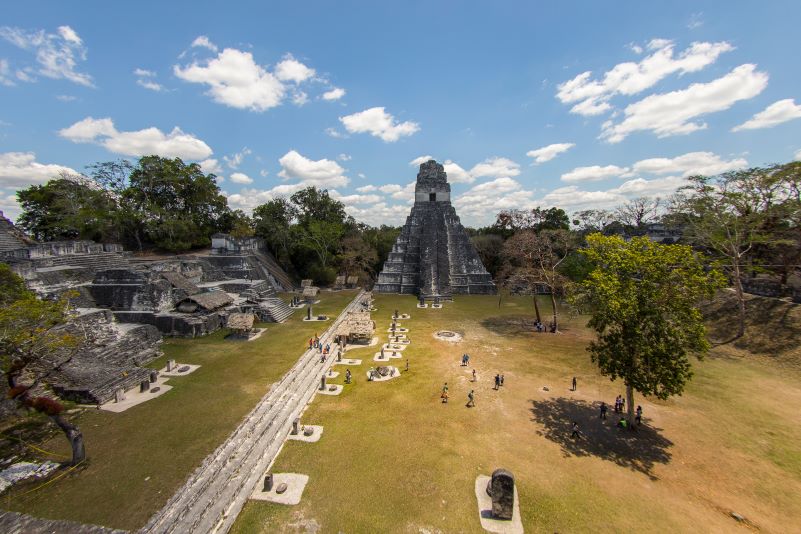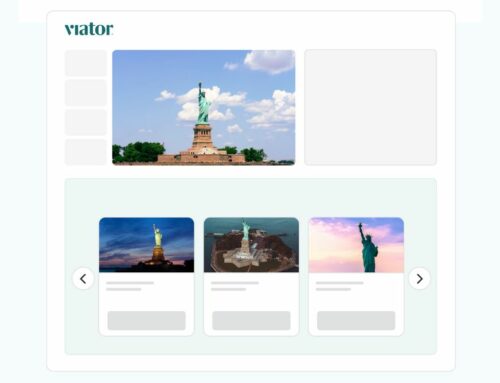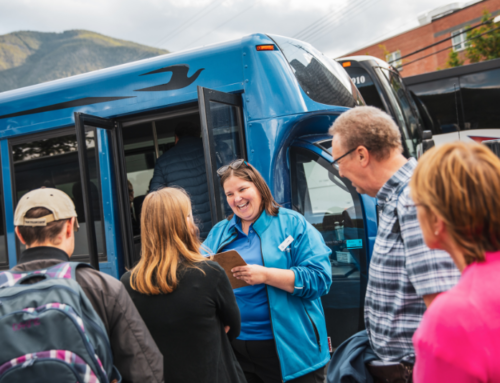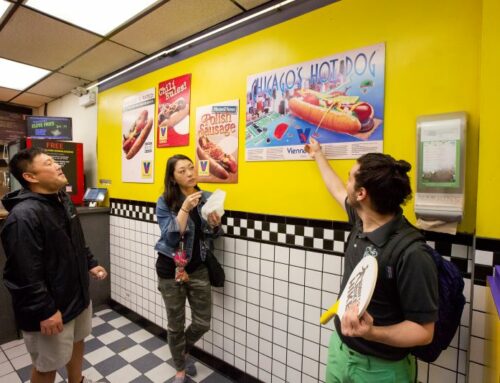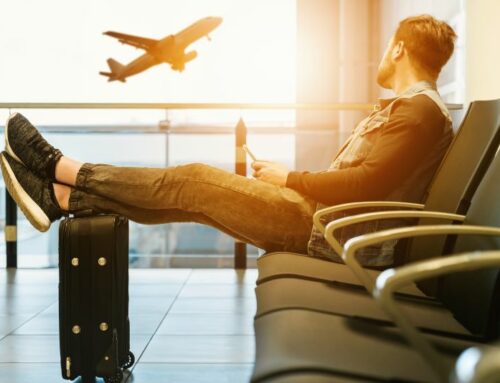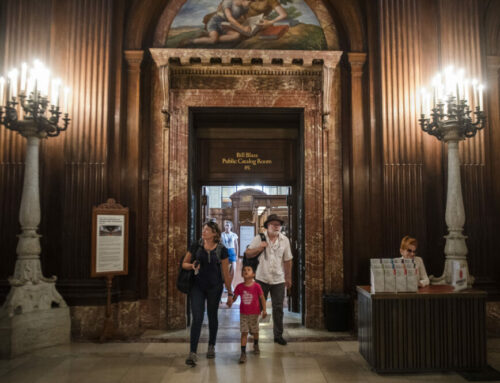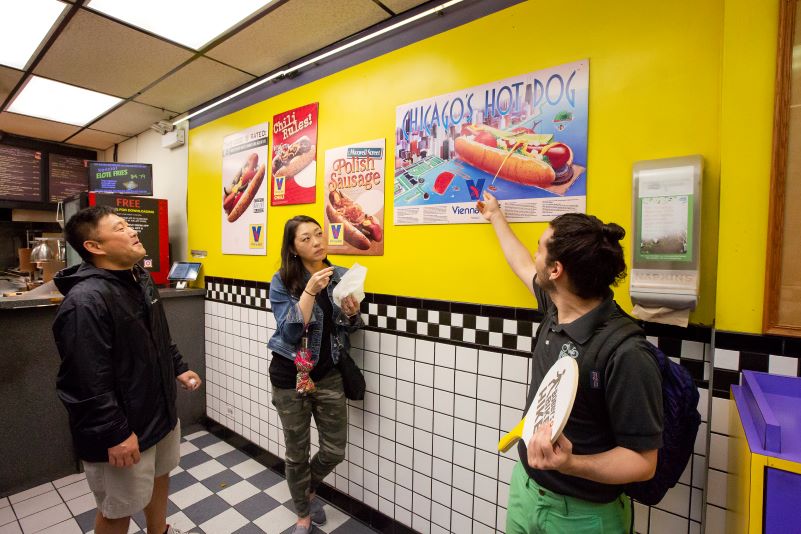According to the World Travel & Tourism Council, the travel industry generates between 8% and 11% of the world’s greenhouse gas emissions, the majority coming from transportation. Many destinations are affected by the impacts of climate change such as rising sea levels, deforestation, and the loss of animal and plant species.
More and more travelers are taking notice and supporting sustainable travel practices. According to a survey published by Arival, half of global travelers say they’re adapting their behavior and avoiding activities and experiences that they perceive as not socially or environmentally responsible.
Many popular tourism destinations are also taking action. The Singapore Tourism Board and the Singapore Association of Convention & Exhibition Organisers & Suppliers recently launched a sustainability roadmap for the country’s meetings, incentives, conferences, and exhibitions industry (known as MICE) that includes encouraging businesses to incorporate sustainable experiences into their group itineraries. So it pays for tour operators to incorporate and promote sustainability efforts in order to attract travelers, especially eco-conscious younger generations.
It should be noted that not every tour operator may have the financial means to upgrade an entire fleet of vehicles to electric, for example, and for some, sustainability may not be relevant to their businesses. But understanding responsible tourism practices within the tours and experiences sector, such as minimizing waste and supporting local communities and economies, can help inspire small changes that can make a big impact.
Here, we’ve rounded up key trends that some operators and travel companies are doing to be more sustainable.
1. Reducing plastic use and waste
In an effort to reduce or eliminate single-use plastics and waste, many travelers are now carrying their own reusable water bottles and bags. And some multi-day operators like Natural Habitat Adventures are following suit. The tour company’s week-long tour through Yellowstone National Park has diverted 99% of all the waste created during the trip via reuse, recycling, TerraCycling (a recycling business that collects non-recyclable pre- and post-consumer waste), and composting. You might want to consider encouraging tour participants to bring reusable water bottles or hydration packs (if there are local sources where they can safely refill their bottles) on your tours and offer reusable bags to travelers for shopping.
Other cost-saving and waste-reduction practices included cutting back on paper brochures and printed material, using reusable cloths instead of paper towels to clean touring gear like bikes, and providing reusable lunch boxes to participants instead of paper or plastic bags. Of course, any reusable items should be sanitized, especially in light of COVID concerns. For more information on how you can reduce single-use plastics within your tour operations, check out the Pacific Asia Travel Association’s Plastic Free Toolkit For Tour Operators, Your Guide To Reducing Single Use Plastic.
2. Highlighting the local culture and community
Did you know that, according to the United Nations Environment Programme, for every $100 a tourist from a developed country spends while on vacation, only around $5 actually stays in a developing country’s economy? This is known as tourism leakage. To help offset this, tour operators can prioritize hiring local staff and choose food items that are locally sourced and seasonal, which also helps reduce your carbon footprint.
Plus, many travelers are now looking for authentic experiences that explore the local culture and want a greater understanding of the area’s cultural heritage. They also want to ensure that their economic impact is spread equally across society. This is why cultural tours are increasing in popularity. So you might want to consider creating itineraries featuring less-visited areas instead of or in addition to popular sights. This can help stimulate the economy of a nearby village or remote area.
3. Driving electric vehicles
Beyond e-bikes and e-scooters, which have grown in popularity with tour operators, some destinations are exploring more advanced modes of electric transport in order to reduce noise pollution and carbon emissions. For example, in Finnish Lapland, electric snowmobiles, or e-sleds, provide a quieter, more sustainable way to navigate the landscape without disturbing the wildlife. This also speaks to growing efforts to implement better animal welfare policies among tour operators.
In South Africa, the safari tours at Cheetah Plains are conducted in Toyota EV Land Cruisers powered by Tesla batteries that are recharged via a private solar plant. They produce less CO2 emissions and don’t pose the risk of diesel spill leaks, plus travelers are better able to hear animal calls.
British sightseeing company Evan Evans is trying to reduce the environmental impact of its guided coach tours by making its vehicles more efficient and eco-friendly with the launch of the company’s first fully electric zero-emission motor coach, allowing visitors to see iconic British sites on select day tours from London.
4. Encouraging regenerative tourism
While sustainable tourism seeks to do less harm, regenerative tourism aims to make a destination better. For example, in the Maldives, travelers can book tours where they learn about and participate in coral rehabilitation projects. Visitors can also actively participate in scientific research through companies like Adventure Scientists and Biosphere Expeditions, which allow participants to aid in environmental projects like studying antelope behavior and social structures in the Arabian Peninsula or collecting leaf, seed, and wood samples around the US.

